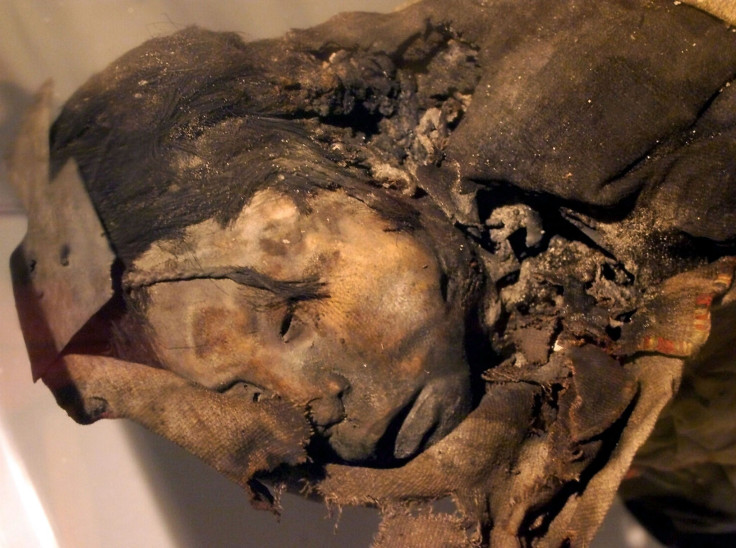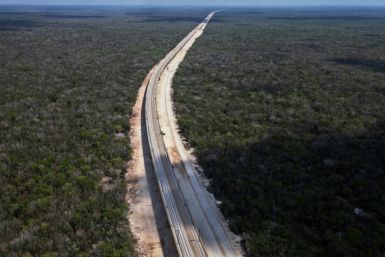Deadly diseases and colonisation brought by Europeans destroyed early Americans and Aboriginal Australians, Incan girl mummy suggests

A new study has analysed the DNA from a 13-year-old Incan girl’s mummified body found in 1999 in permafrost. The girl, who was killed during a ritual sacrifice at Mount Llullaillaco in Argentina, lived almost 500 years ago. She was a descendant of the first people to settle in the Americas around 16,000 years ago. She has been named La Doncella (The Maiden).
Now, this girl’s DNA, along with 91 other Pre-Columbian individual’s DNA, has been studied, and scientists have revealed that the arrival of Spaniards in the 15th century contributed greatly to the destruction of their unique genetic line.
Bastien Llamas from the University of Adelaide’s Australian Centre for Ancient DNA (ACAD) was surprised to find that none of the genetic lineages showed evidence of descendants in today’s Indigenous populations. This separation was established about 9,000 years ago. The team of researchers examined 92 mummies and skeletons. All of them were 8,600 to 500 years old and were found in the western parts of South America.
The researchers sequenced mitochondrial genome of each person extracting DNA from bones and teeth. This helped them trace the movements of a particular genetic lineage. The ancestors of the Incan girl were from Siberia. They remained isolated for 2,400 to 9,000 years and stayed in the Bering Land Bridge region, the study states.
“So it seems that there is a huge genetic diversity that was existing before the arrival of Europeans that just disappeared. It’s extinct, we won't find it again,” Llamas told the ABC.
This study could also point out whether European colonisation also affected Aboriginal Australians and whether they met the same fate as ancient Americans.
“It's relatively easy to make connections between the history of the Americas and the history of Australia simply because there has been a contact between European colonisers and then indigenous populations living there already,” Llamas added.
Llamas blames European colonisation for the death of up to 90 per cent of native American populations. Moreover, the Europeans also brought with them diseases such as bubonic plague, mumps, measles, small pox and syphilis.
As the indigenous population were extremely separated and fragmented, it was not possible for them to survive the diseases and they quickly became extinct.






